Engineered wood flooring offers a simple way to achieve a clean, modern look that feels both stylish and timeless. Its layered structure provides the beauty of natural wood with added strength and stability, making it suitable for almost any room. To create a chic, modern space, choose engineered wood flooring that balances natural texture with sleek design elements.
Light-toned finishes such as oak or ash create a bright, open feel that suits minimalist interiors. Darker woods like walnut or smoked oak add depth and contrast, ideal for a bold, contemporary style. The right tone and finish can define a room’s character and set the stage for furniture and décor that reflect a modern aesthetic.
A modern home design depends on harmony between materials, colours, and layout. Engineered wood flooring ties these elements together through its warmth, texture, and versatility. Whether paired with metal accents, soft textiles, or glass surfaces, it provides a foundation that looks polished yet inviting.
Key Elements of a Chic, Modern Engineered Wood Floor
A modern interior depends on clean lines, subtle colour contrasts, and materials that combine beauty with practicality. The right tones, layout, and board dimensions create a balanced look that feels both stylish and comfortable for everyday living.
Choosing the Right Wood Tones and Finishes
Colour sets the mood of a space. Light shades such as white oak or ash make rooms appear larger and brighter, while medium tones like natural oak add warmth without feeling heavy. Darker woods such as walnut or smoked oak introduce contrast and sophistication in open-plan areas.
A matte or satin finish works best for a modern look because it softens reflections and highlights the wood’s natural grain. Gloss finishes can appear dated or overly formal in minimalist interiors.
The surface texture also matters. A brushed finish adds subtle character, while a smooth surface keeps the design sleek. Choosing from a range of engineered wood flooring allows homeowners to match tone and finish to their lighting and furniture style for a cohesive result.
Modern Flooring Patterns and Layouts
Pattern affects how the eye moves through a room. Straight plank layouts create a calm, simple backdrop that suits modern spaces. However, herringbone or chevron patterns add interest without clutter. These geometric styles work well in living rooms or hallways where design detail draws attention.
Diagonal layouts can make narrow rooms appear wider, while parallel lines guide focus toward a feature wall or window. The key is consistency—repeating the same pattern across connected spaces helps the home feel unified.
For a subtle twist, mixing plank widths within a single pattern adds depth and texture. The pattern should complement the architecture rather than compete with it, keeping the overall effect balanced and refined.
Selecting Floorboard Sizes and Widths
Board width influences both style and proportion. Wide planks create a seamless, open feel that fits modern interiors, especially in large rooms. Narrow boards, on the other hand, suit smaller spaces where too much width could seem overwhelming.
Longer boards reduce visible seams, which helps maintain a clean, continuous surface. This approach works well in minimalist designs where simplicity matters.
Thickness also plays a role in durability and stability. Thicker boards with a solid wood veneer handle foot traffic better and resist movement from humidity changes. Combining proper width, length, and thickness gives the space a polished, contemporary appearance that lasts.
Styling Engineered Wood Flooring for Modern Interiors
Engineered wood flooring helps define the tone of a modern interior. Its colour, texture, and finish influence how furniture, lighting, and décor come together. Careful pairing with style elements such as minimalist design, industrial accents, and warm textiles creates a balanced and cohesive living area.
Pairing with Minimalist and Contemporary Décor
Minimalist décor depends on simplicity, clean lines, and a limited colour palette. Light-toned engineered wood floors, such as pale oak or ash, keep the space bright and open. They reflect natural light and make rooms appear larger.
Smooth surfaces and uncluttered layouts suit this flooring design well. Sleek furniture with low profiles and neutral upholstery maintains a calm and ordered atmosphere. A matte or satin finish on the floor supports the understated look.
Adding subtle contrast through soft textiles or a single statement piece prevents the room from feeling cold. For example, a textured throw or a modern art print introduces interest without overwhelming the design. This balance keeps the modern interior fresh and inviting.
Industrial and Rustic Chic Styling Ideas
Industrial-style interiors highlight raw materials and structural details. Engineered wood flooring with a weathered or smoked finish fits this aesthetic. It complements exposed brick, metal fixtures, and concrete surfaces.
Dark walnut or reclaimed-look planks add depth and character. They pair well with steel furniture frames, open shelving, and pendant lighting. The mix of wood and metal creates a grounded yet stylish atmosphere.
For a rustic chic approach, the same flooring design can shift towards warmth. Layering natural fabrics and handcrafted charm through woven baskets or wooden décor softens the industrial edge. The result feels balanced—modern but still comfortable and lived-in.
Creating Warmth with Rugs and Modern Furniture
Although modern interiors often feature clean layouts, warmth still matters. A plush rug placed over engineered wood adds comfort underfoot and defines specific zones, such as a seating area. The contrast between soft fabric and smooth wood introduces texture and depth.
Modern furniture with natural materials, such as leather or linen, works well with the organic look of the wood. Metal or glass accents add structure without overpowering the space. This mix keeps the room stylish yet practical.
Layered lighting also supports the atmosphere. Floor lamps, wall sconces, and ceiling fixtures together create a soft, even glow that highlights the natural grain of the flooring.
Incorporating Colour Schemes and Wall Finishes
Colour and wall finishes influence how engineered wood flooring appears in the room. White walls or pale neutrals make light wood floors feel airy and Scandinavian. In contrast, darker walls paired with mid-tone or deep brown floors create a sophisticated, modern mood.
Soft greys, taupe, and muted blues work well with most wood tones. They maintain a cohesive and calm environment. Accent colours—such as terracotta or forest green—add depth without clashing with the wood’s natural warmth.
Textured wall finishes, such as plaster or exposed brick, add interest and echo the natural qualities of the flooring. This combination strengthens the connection between materials and gives the space a thoughtful, layered look.
Conclusion
Engineered wood flooring gives any modern home a clean, timeless look with practical benefits. Its layered design resists moisture and temperature changes, which helps it stay stable and durable over time.
Different tones and finishes allow homeowners to match their flooring with a wide range of interior styles. Light shades create a bright, open feel, while darker tones add depth and contrast to contemporary spaces.
Regular care, such as sweeping and gentle cleaning, keeps the surface in good condition for years. Therefore, it remains both stylish and functional without demanding effort.
This flooring choice combines natural beauty with everyday convenience, making it a smart option for those who value design and practicality in equal measure.





